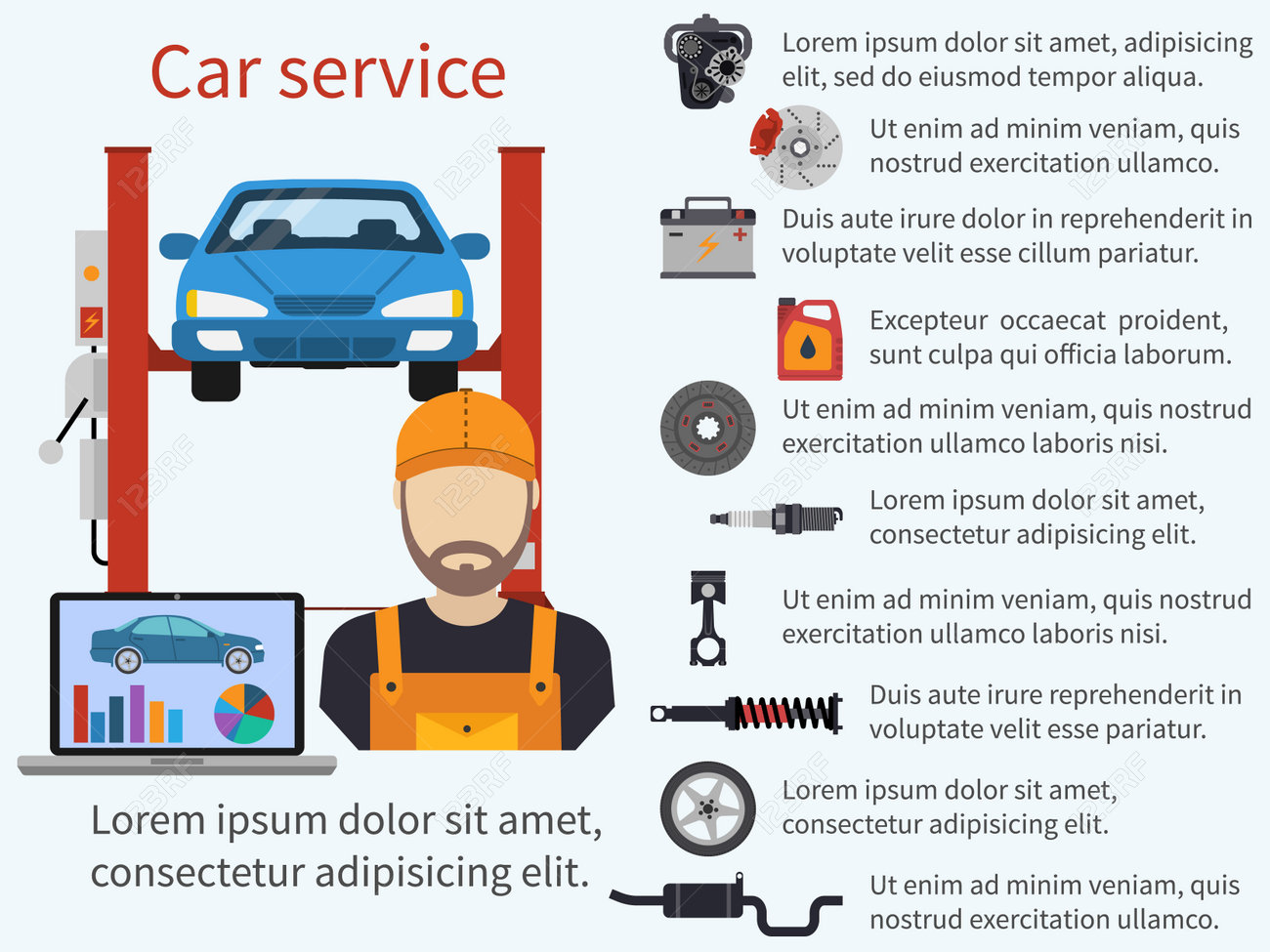An Initial Guide To Decoding Your Car'S Warning Indicators
An Initial Guide To Decoding Your Car'S Warning Indicators
Blog Article
Material By-Ditlevsen Corbett
When you lag the wheel, those little caution lights on your auto's control panel can be rather complicated. What do they indicate, and should you be worried? Understanding these signals is crucial for your car's well-being, but it does not need to be an overwhelming task. By deciphering the enigma behind each light, you'll be geared up to deal with possible issues effectively and maintain your vehicle running efficiently. So, next time a caution light flashes, do not panic - arm on your own with understanding and take control of the circumstance.
Relevance of Vehicle Warning Lights
Comprehending the significance of your automobile's caution lights is critical for preserving your automobile's health and wellness. These lights function as your auto's interaction system, alerting you to potential issues that can threaten your security on the road or bring about expensive repair work if disregarded. By taking note of these warnings, you can deal with troubles early and prevent more damage to your automobile.
Disregarding cautioning lights can result in major consequences, such as engine failing, brake breakdowns, or perhaps accidents. These lights are made to alert you of issues varying from low tire stress to engine malfunctions, providing you the opportunity to take action before the scenario intensifies. Regularly checking and comprehending these cautions can save you time, money, and ensure your security while driving.
Along with maintaining you secure, responding promptly to cautioning lights can additionally assist extend the life-span of your vehicle. By resolving problems early, you can protect against tiny problems from intensifying into major repair work, eventually saving you money and time in the future. Bear in mind, your automobile's warning lights are there for a reason - do not ignore them!
Common Caution Lighting and Meanings
When it comes to driving your auto, understanding typical warning lights and their meanings is vital for your security and automobile maintenance. Right here are a few common caution lights you might run into:
1. ** Check Engine Light **: This light suggests a concern with your engine. It could be something small like a loosened gas cap or something more major like engine misfiring.
2. ** Battery Light **: This light signals a trouble with your car's charging system. It might indicate a malfunctioning battery, alternator, or various other relevant elements.
3. ** Oil Stress Light **: When this light comes on, it indicates your engine might be running low on oil or experiencing reduced oil stress, which can bring about engine damages otherwise addressed quickly.
4. ** Brake System Light **: This light shows a problem with your braking system. It might imply low brake fluid degrees or an issue with the brake system that calls for instant attention.
Recognizing these typical warning lights will certainly aid you determine prospective problems early and stop more considerable problems later on.
Just how to Respond to Caution Lights
In the event that a caution light brightens on your automobile's control panel, it's crucial to react without delay and appropriately. When a warning light begins, the first step is to consult your owner's guidebook to understand the particular problem suggested by the light.
Some lights need immediate focus, while others may suggest a much less urgent matter. If the caution light is red or blinking, it's typically an indicator of a significant issue that needs instant action. In such situations, it's advisable to pull over safely, switch off the engine, and look for specialist aid.
For yellow or orange warning lights, while they might not call for prompt attention, it's still vital to address the hidden issue without delay to prevent additional damage. Regular maintenance and inspection can assist protect against cautioning lights from beginning all of a sudden.
https://augustvqlfa.actoblog.com/30862790/brace-yourself-for-an-eye-opening-experience-as-you-delve-into-the-truth-about-automobile-fixing-loaded-with-unforeseen-revelations
To conclude, recognizing your auto's warning lights is essential for preserving your automobile's health and wellness. By routinely checking and reacting to https://www.kbb.com/car-news/10-tips-on-how-to-winterize-your-vehicle/ , you can deal with prospective issues early and avoid pricey repair services or security threats. Bear in mind to consult your owner's manual for details on various warning lights and constantly take instant activity for red or blinking lights. Stay aggressive and keep your vehicle running smoothly!
